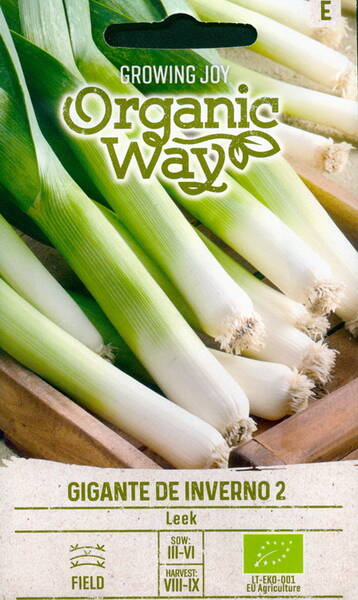The "stalk" shape is cylindrical, 3-4 cm in diameter (weight 200-300 g, height 15-20 cm).
The false stem and young, green leaves are used for food, colorless leaves during storage.
Leeks have a pleasant, slightly spicy taste. They are used fresh and stewed for preparing salads and other dishes.
Agrotechnics.
Well cultivated, fertile soils are taken away under the leek. The best predecessors for him are cabbage, cucumbers and legumes.
Leeks are grown through seedlings. Seeds are sown in late February - early March, and seedlings are planted in the ground in late April - early May, in furrows 6-10 cm deep, the distance between rows is 25-30 cm, in a row 10-25 cm. Further care consists of systematic loosening row spacing, weeding, podkucheniya plants, watering and dressing.
Eng.: European Leek, Garden Leek. Suom.: Purjo, purjosipuli. Sven.: Purjolök. Bot.: Allium porrum L.
FREEZING of garden leek.
Leek retains its taste and aroma well when dried and frozen. Plants (after removing the covering leaves) are washed by immersion in water and dried. Leaves and "stalks" are cut into pieces 2-3 cm long, blanched for 4-5 minutes, cooled first in air, then in a refrigerator, placed in plastic bags for storing food, or plastic boxes. The bags are sealed or tied and placed in the freezer of the refrigerator.
The leek is frozen at a temperature of + 15 + 18 ° C, and the frozen product is stored at temperatures from -18 to -5 ° C for six to eight months.
Frozen leeks are used for soups, main courses and pasta. It is recommended to simmer it (without thawing) for 8-10 minutes. It should be noted that when freezing fruits and vegetables, including onions, the content of vitamin C is reduced by half (or more), and further destruction of ascorbic acid occurs during heat treatment, therefore the biological value of frozen products is much less than that of fresh vegetables. from the repositories.












